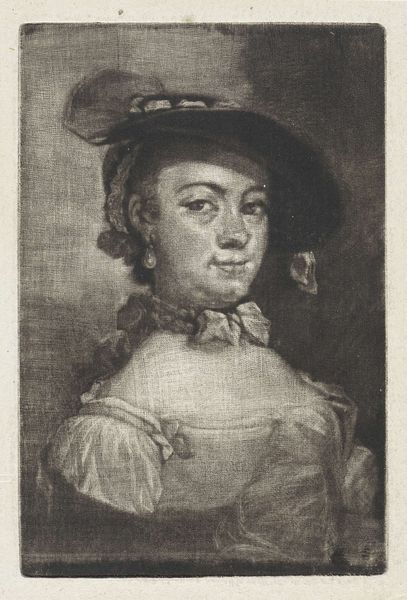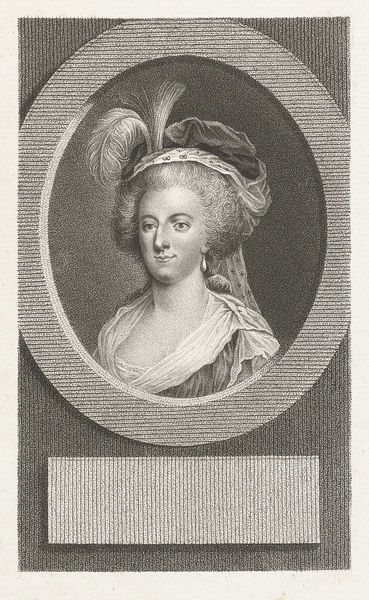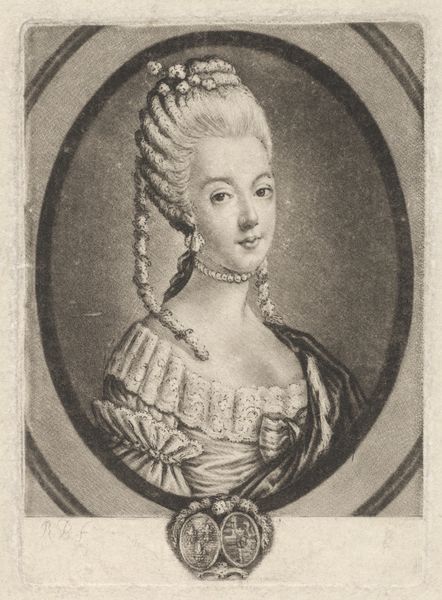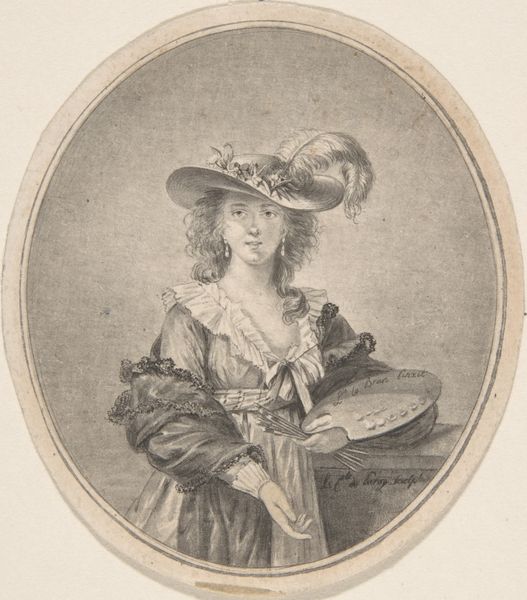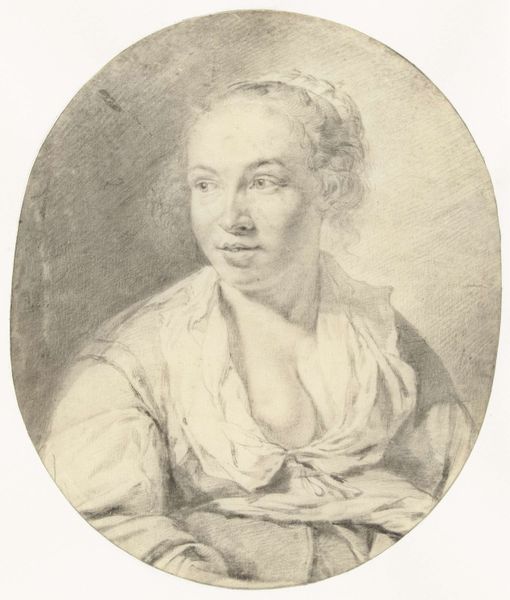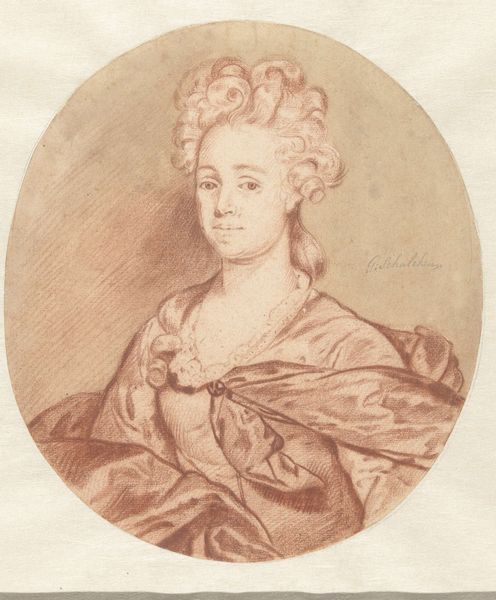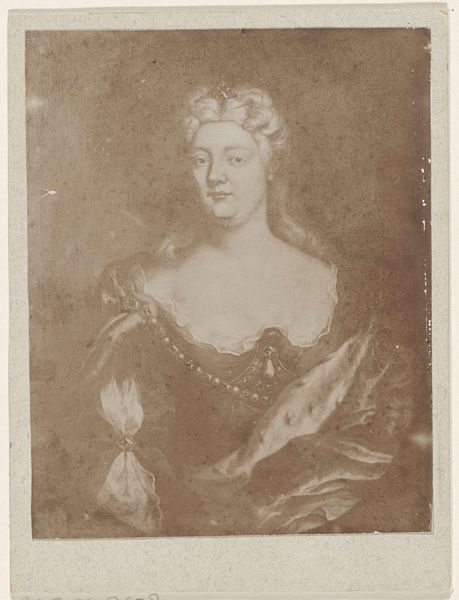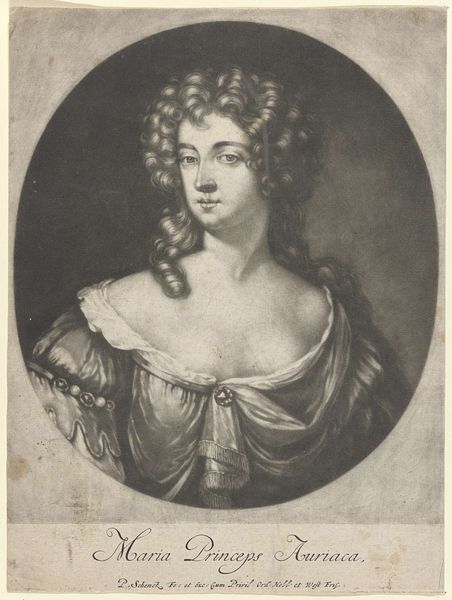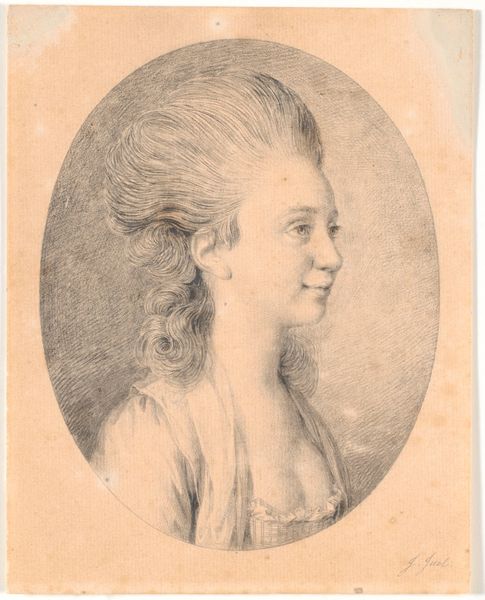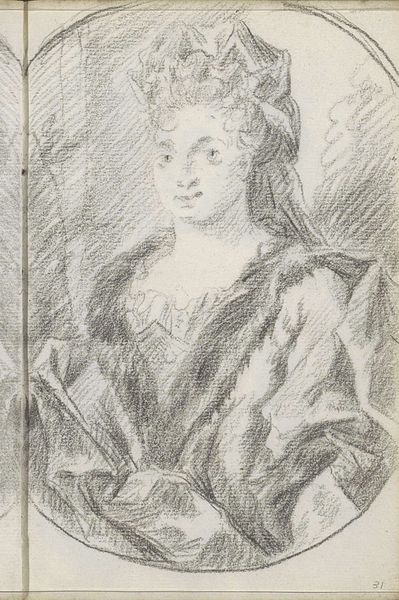
drawing, pencil
#
portrait
#
pencil drawn
#
drawing
#
charcoal drawing
#
figuration
#
pencil drawing
#
pencil
#
rococo
Dimensions: height 109 mm, width 72 mm
Copyright: Rijks Museum: Open Domain
Curator: This is "Bust of a Woman with a Hat," an 18th-century drawing by Aert Schouman. Editor: My first impression is one of quiet elegance. The delicate shading and composition give her an almost ethereal quality, like a fleeting memory. Curator: Indeed. It’s executed in pencil, likely on laid paper. You can see the subtle texture of the paper itself influencing the image. It's remarkable how much detail he achieves with such a simple medium. One considers the source of the pencils he was using. What were the graphite mines? And the class dimensions of production—the labor of manufacture to produce the materials, which we might now easily overlook? Editor: It certainly speaks to a particular moment in art history, the Rococo period. There’s a certain performance of femininity at play. Her slightly averted gaze and the elaborate hat, adorned with what appears to be feathers, hints at societal expectations for women of the time. Curator: The application of those rococo notions involved, I suppose, specific techniques available to the draughtsman. The hatch marks, cross-hatching to indicate shadow, tone, and volume; the types of tools utilized, and the paper used to craft it all. Schouman would have also had access to printmaking, which itself allows for distribution of the artist’s vision and a certain mode of access for a consuming public. Editor: Absolutely. I'm also intrigued by her slightly ambiguous expression. There's a hint of melancholy, perhaps even defiance, beneath the surface of that composed exterior. I wonder about the power dynamics at play. Was this a commission, or a more personal piece? Curator: Regardless of the specific patron, it would've still required payment to put food on the table for his family. The art world and commerce were deeply intertwined at this period, even in sketches. Editor: Very true. These kinds of considerations are important when unpacking art in its time. It reminds us that portraits like these were carefully constructed narratives, influenced by the social and political contexts of their creation, speaking volumes about identity and status. Curator: And reflecting Schouman's place in that very society! Fascinating. I find that knowing even the simplest material origins sheds an important light on how a particular artifact can serve to reflect or obscure issues of gender, politics, and even the commodification of human creativity. Editor: Indeed. Looking closely reveals stories within stories.
Comments
No comments
Be the first to comment and join the conversation on the ultimate creative platform.
